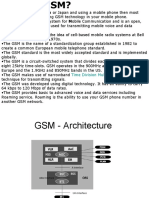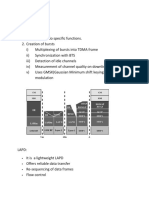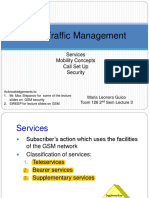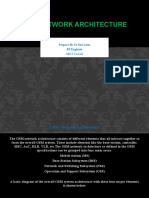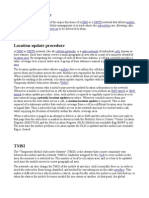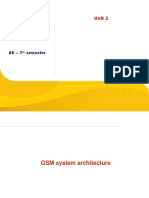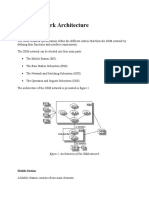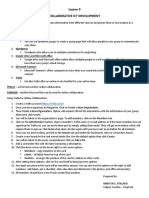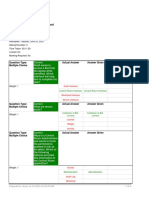0% found this document useful (0 votes)
46 views9 pagesGSM Functionalities
The document provides an overview of GSM functionalities, detailing processes for mobile-originated and mobile-terminated calls, mobility management, handover procedures, SMS, and international roaming. It explains the steps involved in establishing calls, managing subscriber locations, and ensuring secure communication within GSM networks. Additionally, it covers the roles of various network components such as the MSC, BSS, and HLR in facilitating these services.
Uploaded by
Rajarshi BhattacharyaCopyright
© © All Rights Reserved
We take content rights seriously. If you suspect this is your content, claim it here.
Available Formats
Download as PDF, TXT or read online on Scribd
0% found this document useful (0 votes)
46 views9 pagesGSM Functionalities
The document provides an overview of GSM functionalities, detailing processes for mobile-originated and mobile-terminated calls, mobility management, handover procedures, SMS, and international roaming. It explains the steps involved in establishing calls, managing subscriber locations, and ensuring secure communication within GSM networks. Additionally, it covers the roles of various network components such as the MSC, BSS, and HLR in facilitating these services.
Uploaded by
Rajarshi BhattacharyaCopyright
© © All Rights Reserved
We take content rights seriously. If you suspect this is your content, claim it here.
Available Formats
Download as PDF, TXT or read online on Scribd
/ 9






